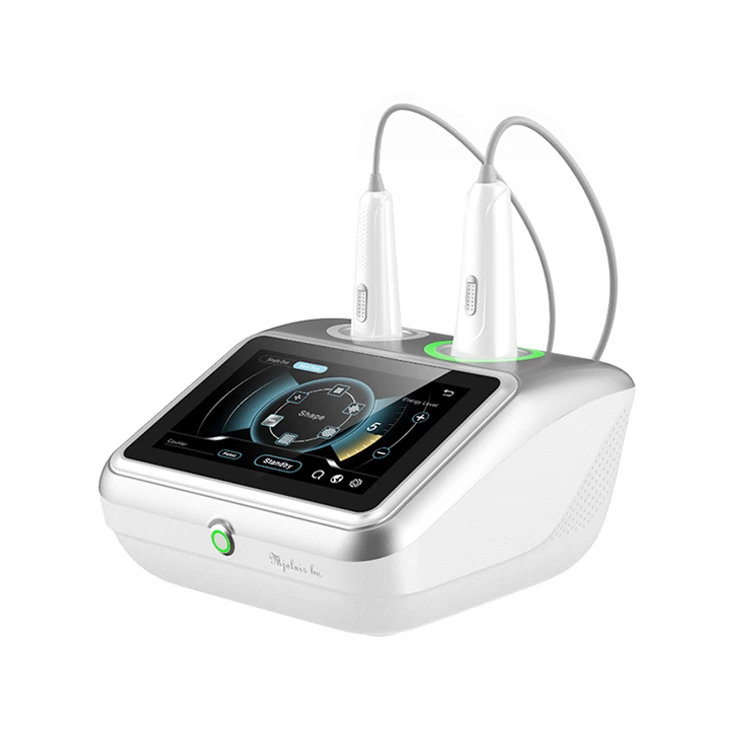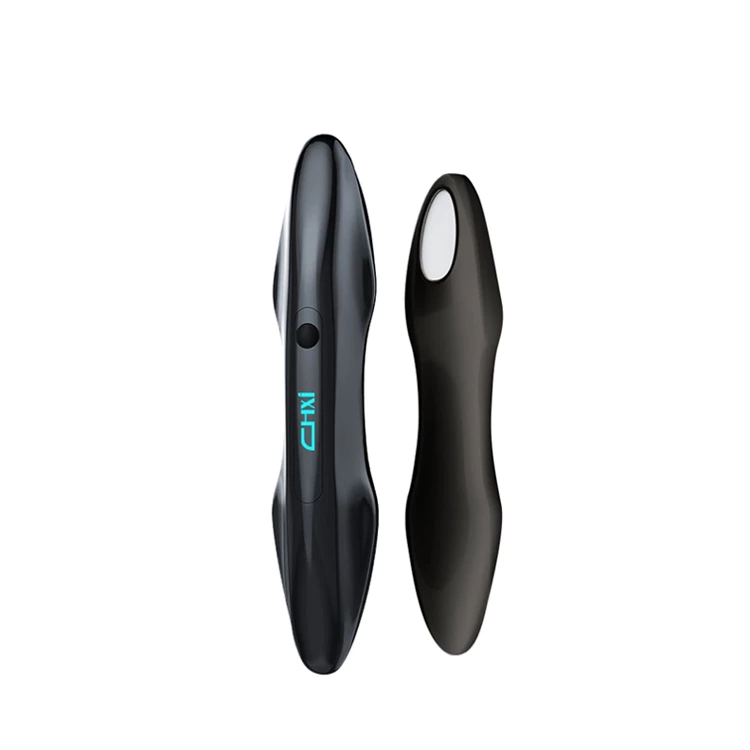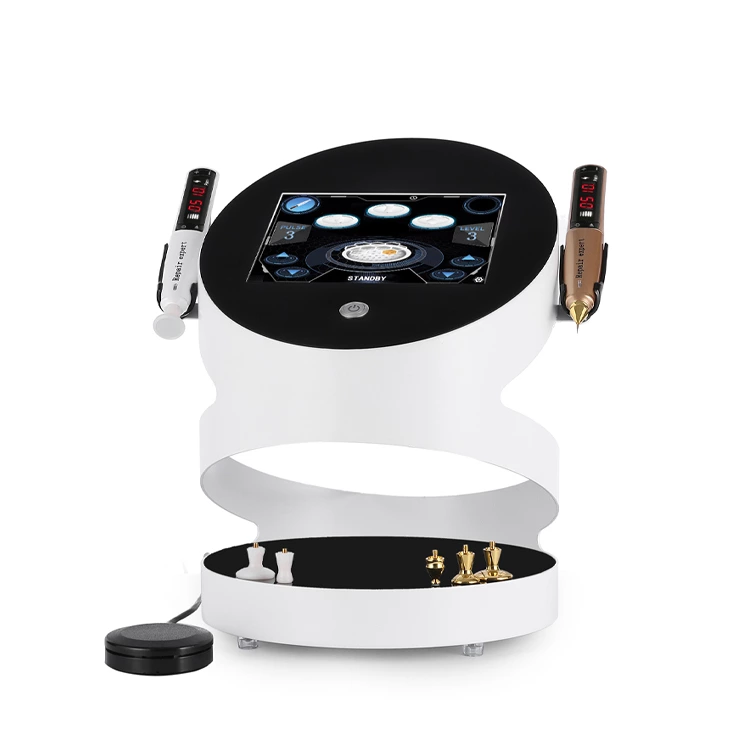Cold Plasma Treatment for the Face
Understanding Cold Plasma Treatment
Cold Plasma Treatment utilizes a unique form of energy known as cold atmospheric plasma to rejuvenate and improve the appearance of the skin. Unlike traditional heat-based treatments, cold plasma treatment harnesses the power of ionized gas to stimulate cellular activity without harming the skin's surface. This non-invasive procedure works on a molecular level, targeting specific skin concerns and promoting overall skin health.
The Benefits of Cold Plasma Treatment
Skin Rejuvenation: Cold plasma treatment stimulates collagen production, which helps improve skin elasticity and firmness. It reduces the appearance of fine lines, wrinkles, and sagging skin, resulting in a more youthful complexion.
Even Skin Tone and Texture: By accelerating skin cell turnover, cold plasma treatment helps minimize hyperpigmentation, sunspots, and acne scars. It promotes a more even skin tone and smoother texture.
Reduces Signs of Acne: Cold plasma treatment has anti-inflammatory properties, making it an effective solution for individuals with acne-prone skin. It helps reduce redness, inflammation, and the presence of acne-causing bacteria.
Improved Skin Hydration: The treatment aids in restoring the skin's natural barrier function, locking in moisture and preventing dehydration. It leaves the skin feeling hydrated, plump, and supple.
Enhanced Absorption of Skincare Products: Cold plasma treatment improves the penetration of skincare ingredients, allowing better absorption and maximizing the benefits of your skincare routine.
The Procedure and Aftercare
During a cold plasma treatment session, a trained professional will cleanse the face and apply a specialized cold plasma device to the skin. The device emits low-temperature plasma, which gently interacts with the skin's surface. The procedure is generally painless, with minimal downtime.
After the treatment, it is crucial to follow a personalized skincare routine recommended by your skincare specialist or dermatologist. This may include specific moisturizers, serums, and sunscreen to protect and nourish the skin.
Is Cold Plasma Treatment Right for You?
If you are considering Cold Plasma Treatment for the face, determining if it is right for you depends on several factors. While the treatment is effective and safe for most skin types, there are some considerations to keep in mind.
Firstly, individuals with certain medical conditions or skin disorders may not be suitable candidates for the procedure. For example:
Active or chronic skin infections: If you have an active skin infection, such as herpes simplex or impetigo, or a chronic condition like eczema or psoriasis, it is advisable to avoid Cold Plasma Treatment until the condition has been resolved.
Open wounds or cuts: The treatment may not be suitable if you have open wounds or cuts on the treatment area, as the plasma energy could potentially cause discomfort and hinder the healing process.
Pregnancy: Since there is limited research on the effects of Cold Plasma Treatment during pregnancy, it is generally recommended to avoid the procedure while pregnant.
History of keloid scarring: Individuals with a tendency to develop keloid scars may need to exercise caution, as the treatment could potentially exacerbate this condition.
Blood clotting disorders: Cold Plasma Treatment involves the use of a device that interacts with the skin's surface. If you have a blood clotting disorder or are taking blood-thinning medication, it is important to consult with your healthcare provider before undergoing the treatment to ensure it is safe for you.
It is important to consult a licensed skincare professional or dermatologist to assess any underlying health concerns and determine if cold plasma treatment is appropriate.
Secondly, the desired outcomes of the treatment should also be considered. Cold Plasma Treatment is an excellent solution for individuals seeking to improve the overall health and appearance of their skin. It is particularly beneficial in addressing concerns related to aging, acne, hyperpigmentation, and hydration. However, if you are looking for a more transformative or surgical option, cold plasma treatment may not be the best choice.
Lastly, the cost and time commitment involved in cold plasma treatment should also be considered. While the treatment is generally affordable and requires minimal downtime, multiple sessions may be necessary to achieve optimal results.
It is crucial to consult with a qualified skincare professional or dermatologist who can assess your specific medical history and determine if Cold Plasma Treatment is appropriate for you. They will provide personalized recommendations based on your individual circumstances.



